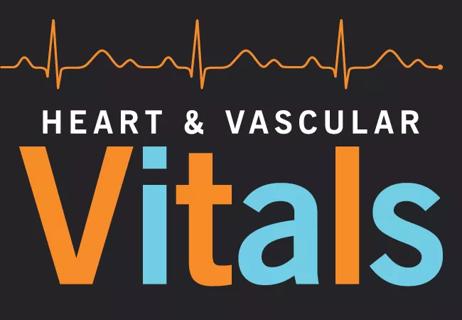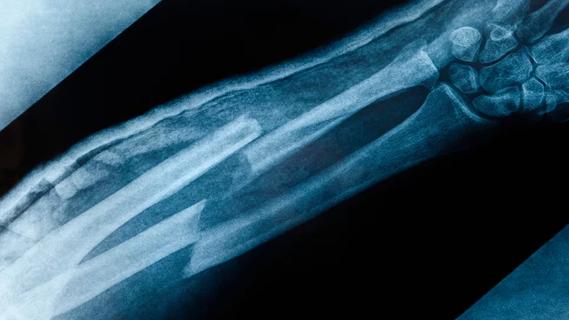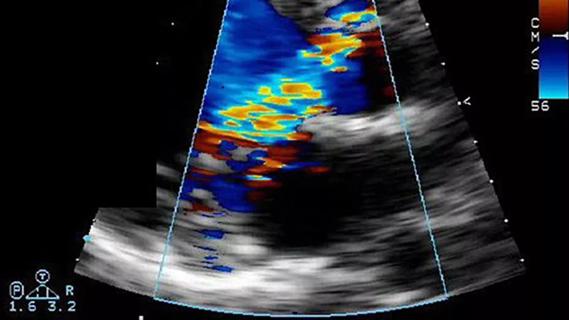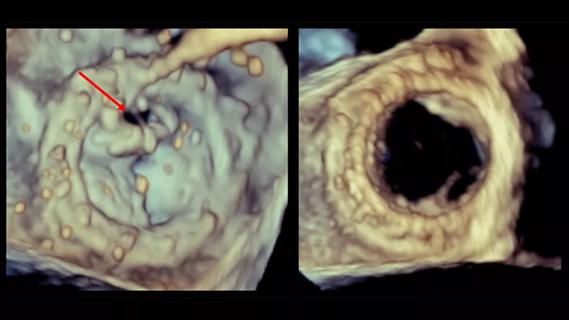Paraoxonase-1 a potential biomarker for CV risk

Advertisement
Cleveland Clinic is a non-profit academic medical center. Advertising on our site helps support our mission. We do not endorse non-Cleveland Clinic products or services. Policy
Patients with psoriatic arthritis (PsA) are known to have increased cardiovascular (CV) morbidity and mortality not completely explained by traditional CV risk factors. Recent research has sought to expand the understanding of the mechanisms through which PsA is linked to enhanced pathogenesis of atherosclerotic heart disease. Psoriatic disease and atherosclerosis have both been found to have evidence of increased oxidative stress. Paraoxonase-1 (PON1), a family of antioxidant enzymatic proteins located on HDL cholesterol particles, helps to inhibit lipid oxidation. Decreased PON1 activity is considered a biomarker for increased systemic oxidative stress and increased conversion of HDL to a dysfunctional proinflammatory and proatherogenic state, and has been associated with the development of CV disease.
In addition, decreased PON1 enzymatic activity has been demonstrated to predict the development of major adverse CV events in the general population. A significant reduction in PON1 activity has been reported in patients with systemic inflammatory diseases, including rheumatoid arthritis (RA) and systemic lupus erythematosus (SLE).
My recent study with colleagues W.H. Wilson Tang, MD, and Stanley Hazen, MD, PhD, from Cleveland Clinic’s Sydell and Arnold Miller Family Heart & Vascular Institute, reported for the first time on serum PON1 enzymatic activity and its association with both psoriatic disease activity and CV disease burden in a psoriatic disease population. The results for psoriasis (PsO) and PsA were compared.
Advertisement
This study, with 343 adult patients with PsO and PsA and 345 controls, was conducted as part of Cleveland Clinic’s Cardiometabolic Outcome Measures in Psoriatic Arthritis Study (COMPASS). Various baseline data was assessed and recorded including: gender, BMI, current disease-modifying antirheumatic pharmaceutical regimens, PsA disease activity (DAS-28, CDAI, joint counts), pre-existent CVD and CVD risk factors (diabetes, dyslipidemia, hypertension, smoking), Framingham risk score, QOL measures and labs (ESR/CRP, lipid profiles).
We further assessed CV disease burden by identifying patients with metabolic syndrome, and a subgroup of patients with PsA underwent carotid duplex high-resolution B-mode ultrasound imaging and was screened for carotid intima-media thickening (CIMT) and the presence of plaque. A subgroup underwent a second carotid duplex ultrasound two years later. The serum PON1 activity level was measured by two methods: paraoxonase activity (using paraoxon as substrate) and arylesterase activity (using phenyl acetate as substrate). The levels of PON1 activity in the PsA and PsO cohorts were compared 2:1 with an age- and gender-matched healthy human cohort.
Mean arylesterase activities were significantly lower in the PsO (P < 0.001) and PsA (P < 0.001) subjects when compared with healthy controls. In addition, the PsO cohort showed significantly lower mean arylesterase activity when compared to the PsA cohort (P = 0.003). No significant difference in median paraoxonase activity between the PsO and PsA cohorts was detected, although median paraoxonase activity showed a trend of lower levels in the PsA and PsO cohorts when compared to controls.
Advertisement
PsA patients with moderate to high disease activity (DAS28esr > 3.2 or DAS28crp > 2.67) showed a statistically significant lower arylesterase activity than those with low disease activity (DAS28esr < 3.2 or DAS28crp < 2.67). In addition, PsA patients with moderate to high disease activity had a greater percentage of CVD risk factors than those with low disease activity as measured by DAS28 scores.
Both PsO and PsA cohorts had significantly lower serum arylesterase activity when compared with healthy controls (P = 0.001). Specifically, the PsA cohort demonstrated that lower arylesterase activity, but not paraoxonase activity, of PON1 was associated with elevated disease activity measures, increasing CV disease burden and worse quality of life measures. These associations were not seen in the PsO cohort.
While epidemiologic studies have shown that PsA can be seen as a high-risk group for developing atherosclerosis, these measures of HDL-associated PON1 enzymatic activity may provide the mechanistic link between increased oxidative stress and CVD burden.
Dr. Husni is Director of Cleveland Clinic’s Arthritis and Musculoskeletal Treatment Center.
Advertisement
Advertisement

A sampling of outcome and volume data from our Heart & Vascular Institute

Concomitant AF ablation and LAA occlusion strongly endorsed during elective heart surgery

Large retrospective study supports its addition to BAV repair toolbox at expert centers

Young age, solid tumor, high uptake on PET and KRAS mutation signal risk, suggest need for lobectomy

Surprise findings argue for caution about testosterone use in men at risk for fracture

Residual AR related to severe preoperative AR increases risk of progression, need for reoperation

Findings support emphasis on markers of frailty related to, but not dependent on, age

Provides option for patients previously deemed anatomically unsuitable